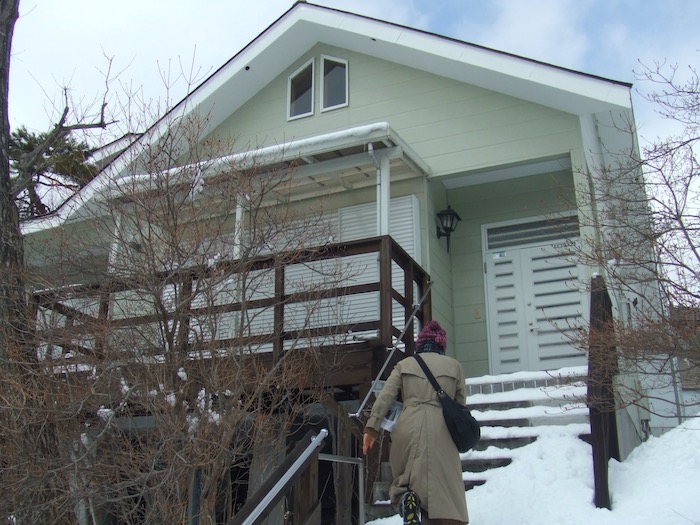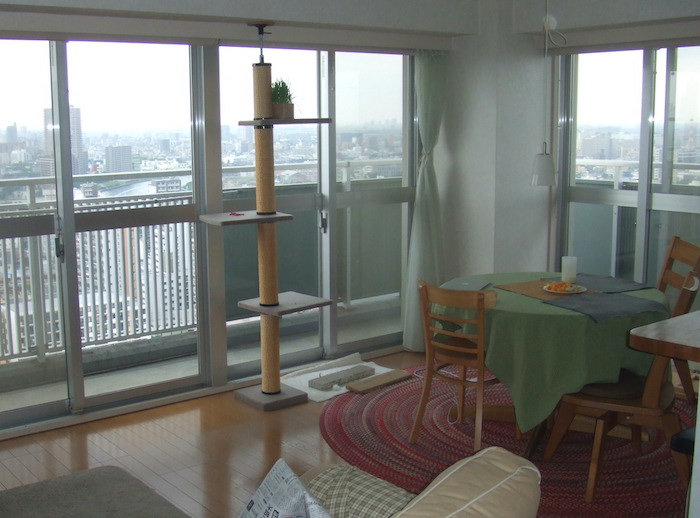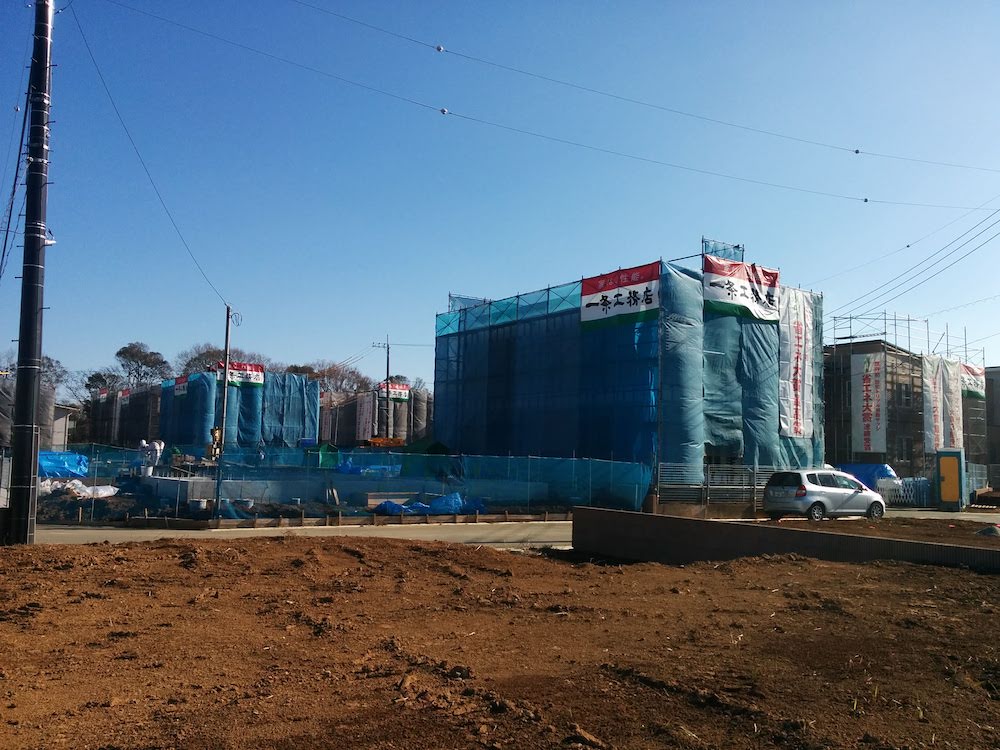Insulation blues

We use storage heaters in the winter, and they do a good job of keeping our two-story house uniformly warm, but the technology was partially based on the idea of off-peak electricity, meaning the ceramic bricks inside the storage units are heated in the middle of the night when electricity is cheaper and we’re asleep. Unfortunately, when our utility raised rates more than a year ago it also did away with off-peak discounts and last winter our electricity bills almost doubled. This year it’s been a bit better owing to government intervention, but anyone who lives in Japan, especially if they grew up in Europe or North America, understands how poorly Japanese homes retain heat. For one thing, central heating is not common in Japan, which means each room needs to have its own heat source, be it electric, gas, or kerosene. But the main reason for Japan’s cold houses is poor insulation due to lack of proper design standards that are mandatory in other countries. Even China and South Korea have strict insulation standards they adopted to address energy conservation needs and lower carbon emission targets.
Japan does have standards for insulation, and they were last upgraded in 1999. At the time, these standards were called “next generation energy conservation protocols,” but, in truth, they aren’t even mandatory, thus making Japan unique in that regard among G7 countries. They are simply guidelines, and while most builders adhere to them, the fact that the authorities don’t force them to indicates a curious lack of will that is difficult to explain, but a recent article in Shukan Playboy News made an attempt by comparing Japan’s insulation standards to those of Germany, which has the strictest in the world.
An engineering professor tells the magazine that maintaining a certain temperature for 100 square meters of interior floor area in a house built to Japanese insulation standards requires seven times as much kerosene as maintaining the same temperature for the same floor area in a house built to German standards. And that’s using the 1999 standards, which only apply to 10 percent of all homes in Japan as of 2023. About 70 percent of Japanese homes were built using insulation standards implemented in 1980, which, of course, are less stringent than the ones implemented in 1999. Then there are still homes standing that have no insulation at all.
That’s why Japanese houses are “naturally” cold, says the engineer, a situation that is actually illegal in many other countries. In the UK, for instance, a landlord is prohibited from renting out a residence if the uniform interior temperature falls below 18C. Also, in many countries landlords cover utilities, so it’s in their interest to maintain high energy efficiency. In Japan, it’s up to the tenant.
So why doesn’t Japan have stricter insulation standards? One reason is the commonly held prejudice that Japan is a hot country, so traditionally homes were built to maximize ventilation for hot, humid summers. Because of the draftiness of old Japanese homes, heating in the winter was done on a room-to-room basis. Nowadays, few Japanese live in traditionally styled houses, but the idea of cooling or heating individual rooms still holds, only now people use stand-alone heating units and wall-mounted air conditioners.
Read More






